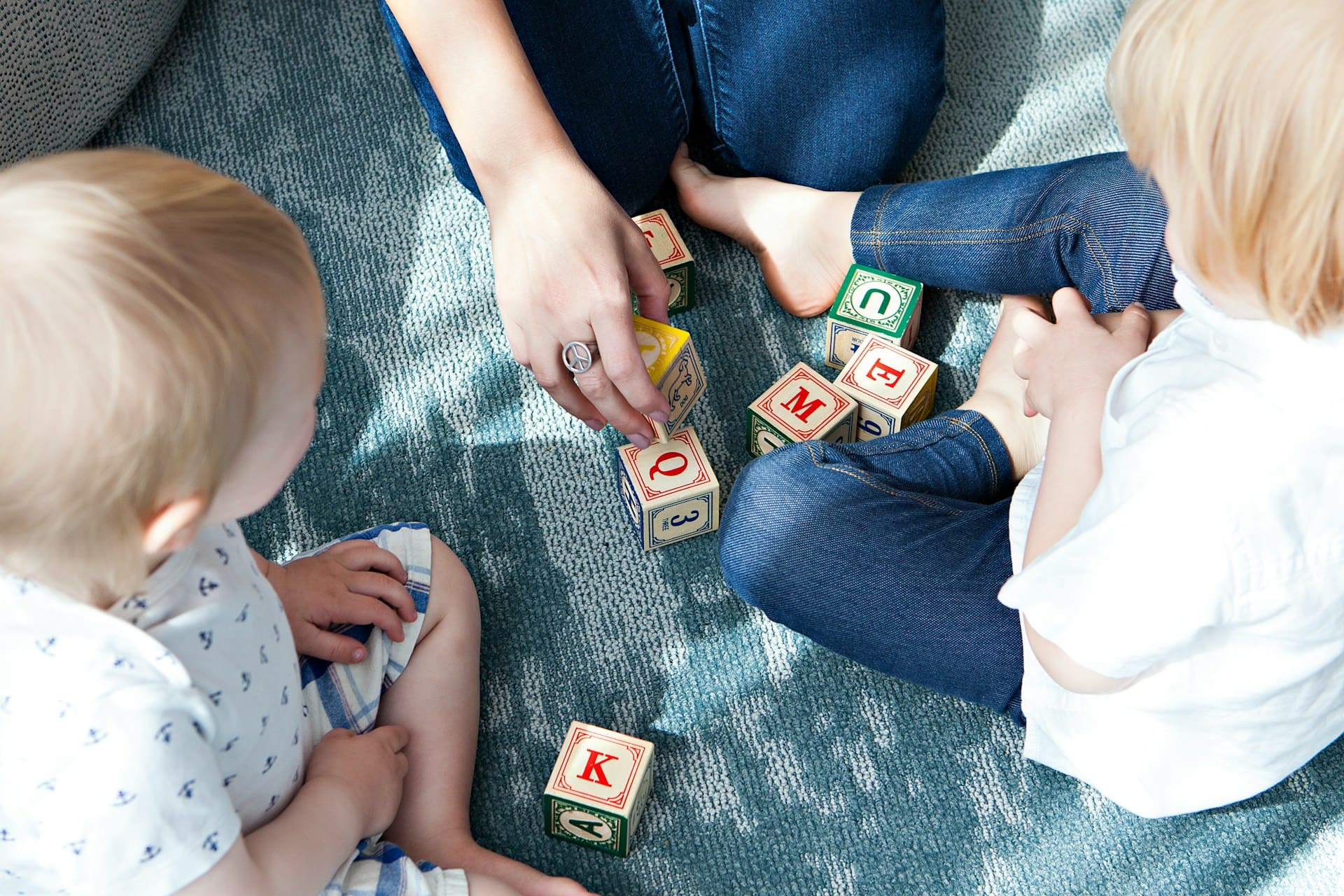
By Sharelle Staff and Ben Grillo
Commonly used to operate businesses and hold assets, family trusts are flexible and attractive wealth management vehicles which facilitate asset protection and tax minimisation.
In legal terms, the establishment of a trust creates a fiduciary obligation on one or more nominated person(s) (trustee) to legally hold assets for the benefit of others (beneficiary). For tax purposes, a trust is recognised as a separate legal entity and is required to lodge its own tax return. Where net trust income is distributed to trust beneficiaries, it will be added to any other assessable income and taxed according to their applicable marginal tax rate. The family trust (discretionary trust) structure, in particular, can be beneficial for tax purposes because the trustee has discretion to distribute net trust income to beneficiaries in lower tax brackets thus minimising the total tax otherwise payable on that income.
As the trust holds property on behalf of another, it severs the connection between legal title and beneficial ownership often increasing its appeal. This is largely due to the possibility that a beneficiary may enjoy the benefits deriving from a trust asset without direct liability for its potential susceptibility to creditors, a risk commonly associated with legal ownership. By creating what some call a ‘ring fence’ around these assets, family trusts generally place trust property outside the reach of third party claims to a particular asset vested in the trust.
However, this is not always the case and the extent to which a beneficiary owns trust property tends to be a contested issue in many legal proceedings, particularly in the family law context. There, lawyers are regularly asked whether a trust’s ring fence can protect its assets against a claim made by a beneficiary’s ex-spouse in property settlements. The upshot? It depends on control.
Property settlements begin with the identification of the assets, liabilities and financial resources of the parties before the Family Court. The property of the parties, whether held jointly or separately, is collated into a net asset pool before being distributed in a manner considered to be just and equitable. At this stage it is not uncommon for a party to point to property held on trust for or by their ex-spouse which they believe ought to be included in the Court’s calculations.
While legal title is generally indicative of a party’s ownership interest, property is not automatically exempt from being dealt with by the Family Court solely because it is held on trust for or by a party, rather than in their own name. This is largely because of the extremely wide definition of ‘property’ under the Family Law Act 1975 (Cth) which emphasises the importance of an individual’s entitlement to an asset rather than the specifics of their legal relationship with it. Consequently, factors which highlight a party’s actual interest in a particular asset are equally as important as those associated with whether or not they legally own it.
As a result, it is unsurprising that the Court looks to the nature of the interest and degree of control a party to financial settlements has over a particular trust when deciding whether or not to attribute trust property to them. Adopting such a nuanced approach allows the court to step inside the ring fence, examine the formal roles within the trust, and determine whether the party in question either dictates who controls the trust (appointor), regulates how trust property is dealt with (trustee), or receive distributions themselves (beneficiary).
Where the party is a beneficiary, particular attention is paid to whether they are guaranteed the benefit (fixed entitlement) or whether the trustee can choose to allocate the benefit to someone else (mere expectancy). These interests are often classed as financial resources or future financial benefits, and are taken into account by the Court despite not being technically calculated as ‘property’ in the final asset pool.
If a party to property settlements does not personally occupy a position of control within the trust, consideration is still given to any influence they may exert over the people in those roles. If the requisite level of influence is established on the facts, and the Court is convinced that the trustee or appointor are mere puppets controlled by the party, it may choose to include trust property in the asset pool on the basis that the trust represents nothing more than his or her alter-ego.
All this is to say that the Family Court is ultimately concerned with whether the party in question has sufficient direct or indirect control over a trust, which would warrant the trust property being treated as their own.
If you have a family law issue involving trusts, we strongly recommend that you make contact with Sharelle Staff or one of our other lawyers to discuss on (03) 9853 0311 or [email protected].
_____
The content of our news articles are provided for information purposes only and do not constitute legal advice. We recommend that you seek professional legal advice for your specific circumstances.
Recent Articles
News Categories





